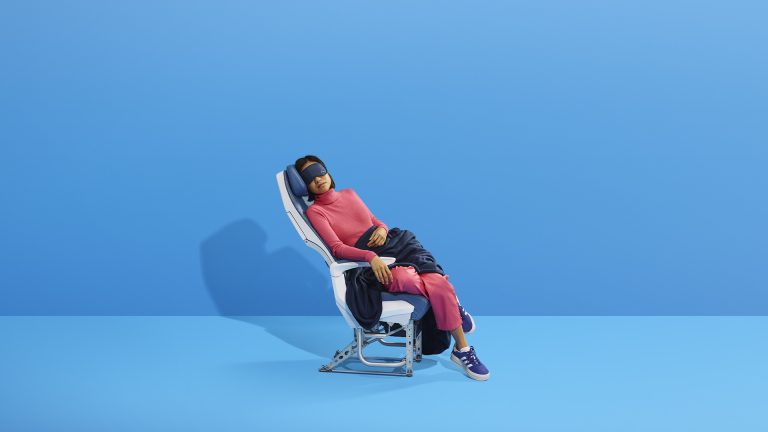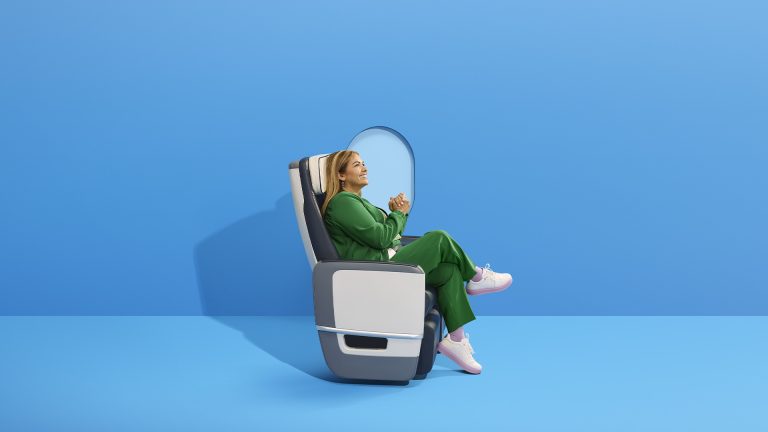Are you planning to celebrate the arrival of spring with an epic road trip across Europe? What a brilliant idea! Picture yourself winding through roads lined with lush vineyards, discovering picturesque villages perched atop hills, and savoring local cuisine in charming inns. This kind of adventure shapes the spirit (for both the young and the young-at-heart) and promises unforgettable memories, moments of discovery, and pleasure that will be etched in your mind forever. But to ensure this road trip epic unfolds without a hitch, proper preparation is essential.
After traveling across Europe by car and learning from our own mistakes—believe us, we took a few unexpected detours and discovered that paper maps are only good for looking pretty—we’ve compiled some indispensable tips. From the varying driving etiquette across the continent to the constant disappointments of roadside culinary offerings, we’ve seen it all. But don’t worry, we’ve also found the hacks that make these journeys magical and stress-free.
Here are seven things you should know before embarking on the road trip of a lifetime across Europe!
Find out what type of insurance you need
Do you have travel insurance with your credit card or your auto insurance? What exactly is covered, and to what extent? Is your life insurance still valid if you’re abroad? Look, I get it. Insurance matters are boring for everyone, but they are nonetheless necessary and remain, in the grand scheme of things, a rather small nuisance. Find out what your personal insurance covers before you pay for the alternative the rental agency will inevitably offer you.
Did you know in Iceland, for instance, it is mandatory to have insurance for volcanic ash and sand storms?
Don’t underestimate how much music you’ll need
Nothing is more frustrating on the road than swapping stations in a language you don’t even speak every 50 kilometres, or to listen to the same song 712 times a day. Most vehicles are now equipped with USB ports and Bluetooth technology that can easily be connected to your device. Don’t skimp on the song selection, and download albums that will please each passenger. Remember: whoever’s driving gets to be in charge of the tunes!
Opt for hotels in the suburbs
Road trips in Europe have upsides and downsides; you can stick to your own schedule and you can make spontaneous detours to tour that cute little vineyard you’ve read about. But as a driver, that also means you will have to deal with teeny tiny parking spots, pedestrianised historic centres, and other bothers. I usually prefer to stay in suburban hotels, for two reasons. First, rates tend to be a little cheaper, and second, I don’t have to worry about parking since most hotels have their own parking lot. When it’s time to go and explore the city I’m in, I simply leave the car in an underground municipal lot that only costs a few euros a day, and spend the remainder of the day walking around.
Wondering where the closest parking lot is? Ask your GPS to point it out for you.
Know what the emergency numbers are
God forbid we ever find ourselves in a situation where we need to use them, but it would be wise to be prepared for that eventuality and keep the police, firefighters and ambulance numbers within reach in the car. 911 doesn’t exist in Europe; in the case of emergency, you have to dial 112, and you will be transferred to the appropriate service.
Read up on the road user’s code
Let’s agree on one thing right away: elementary driving rules in Europe are pretty similar to those in Canada and really only require common sense. Except a larger number of priorities to the right and roundabouts, there are very few differences. But it’s essential that you read up on the road user’s code nonetheless, which has slight variations from one country to another. In Switzerland, for example, you need to get a transponder before you can drive on highways, otherwise you have to stick to secondary roads. It is also forbidden in most countries to turn right at a red light, just like it is prohibited to drive in the passing lane (it really is just for passing).
Whatever you do, however, make sure to stick to speed limits. Photo radars are plentiful in Europe, even on secondary roads, even on downslopes – if you have a heavy foot, there’s a good chance you’ll come home to a fine with your picture on it.






